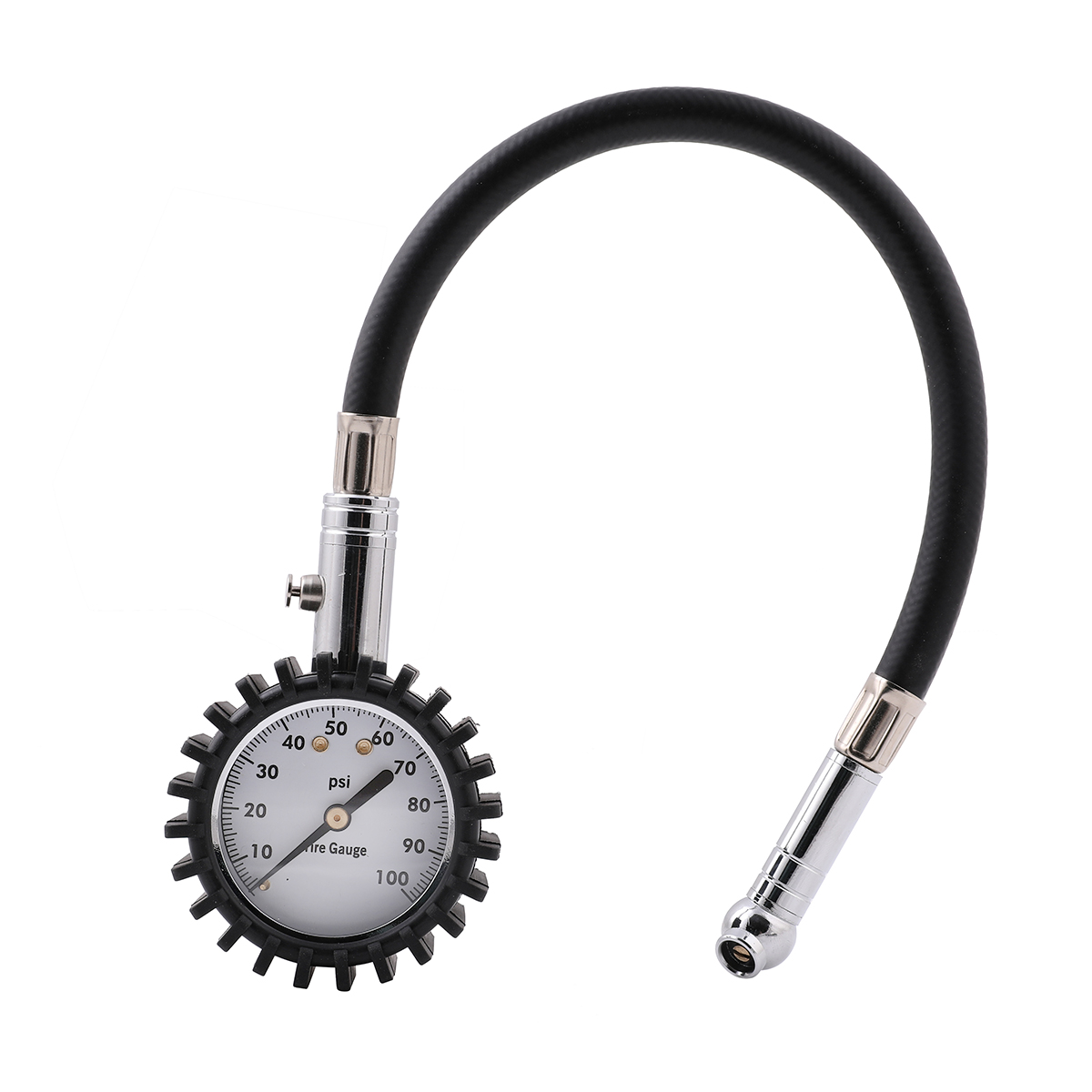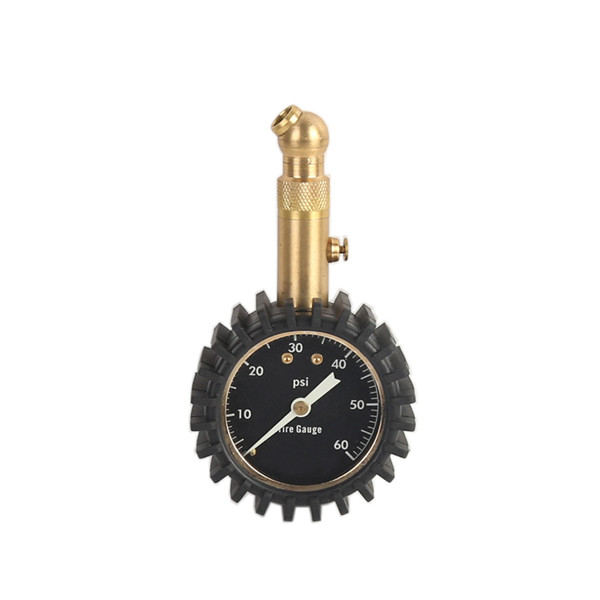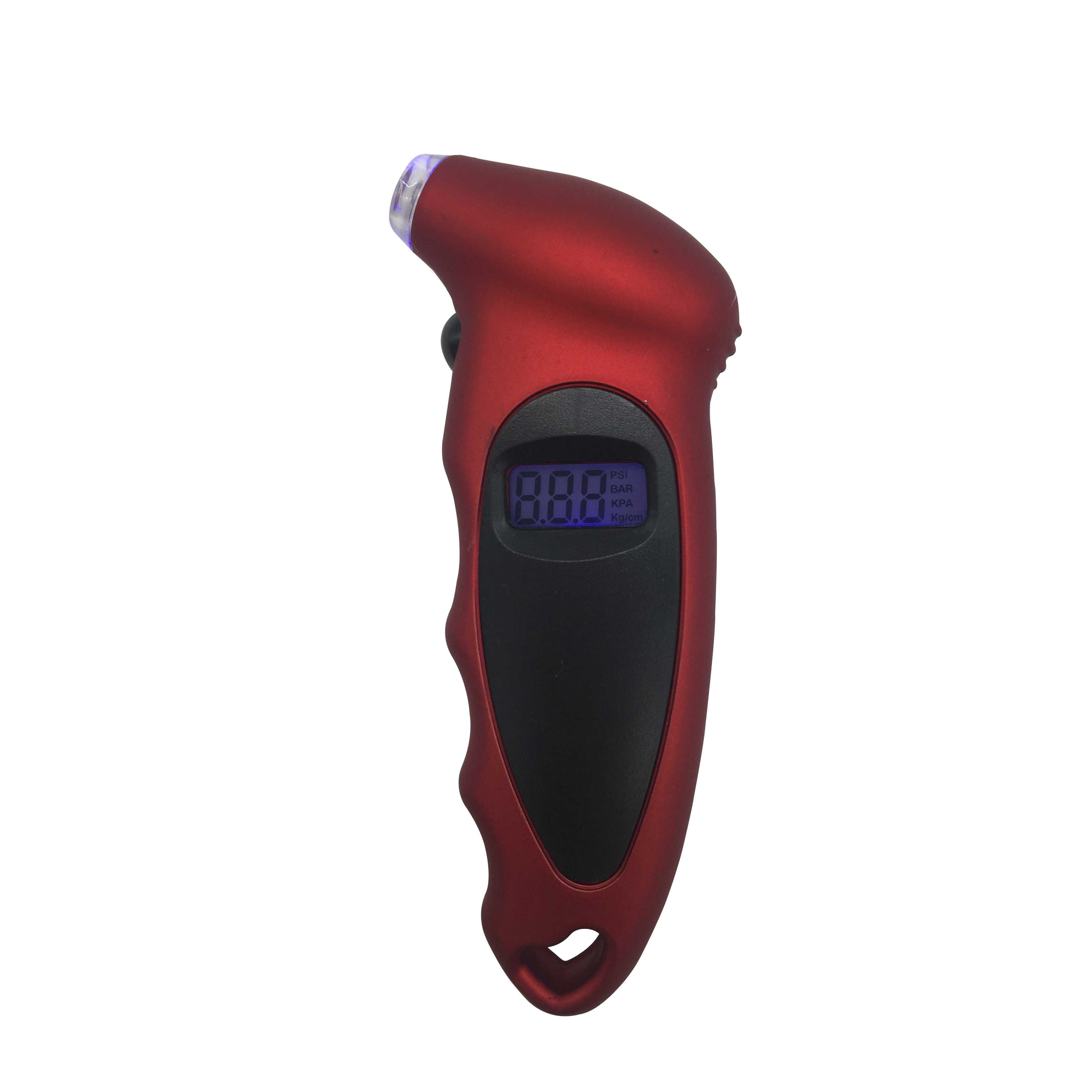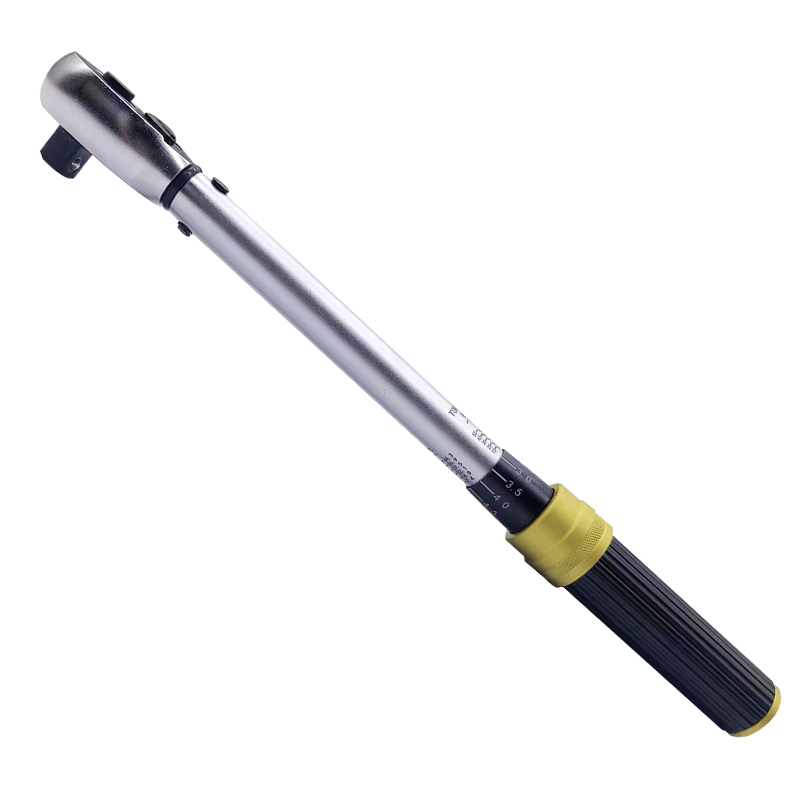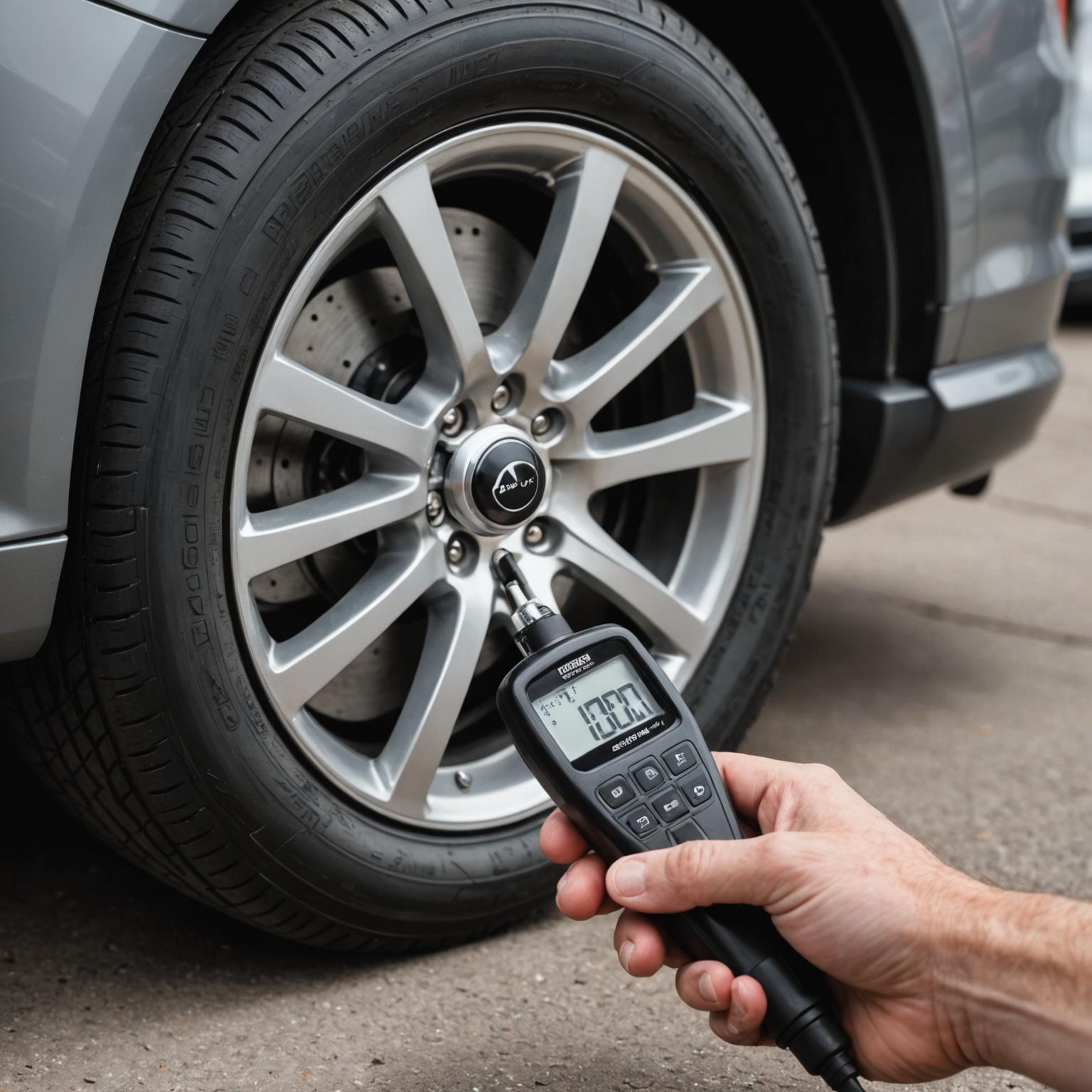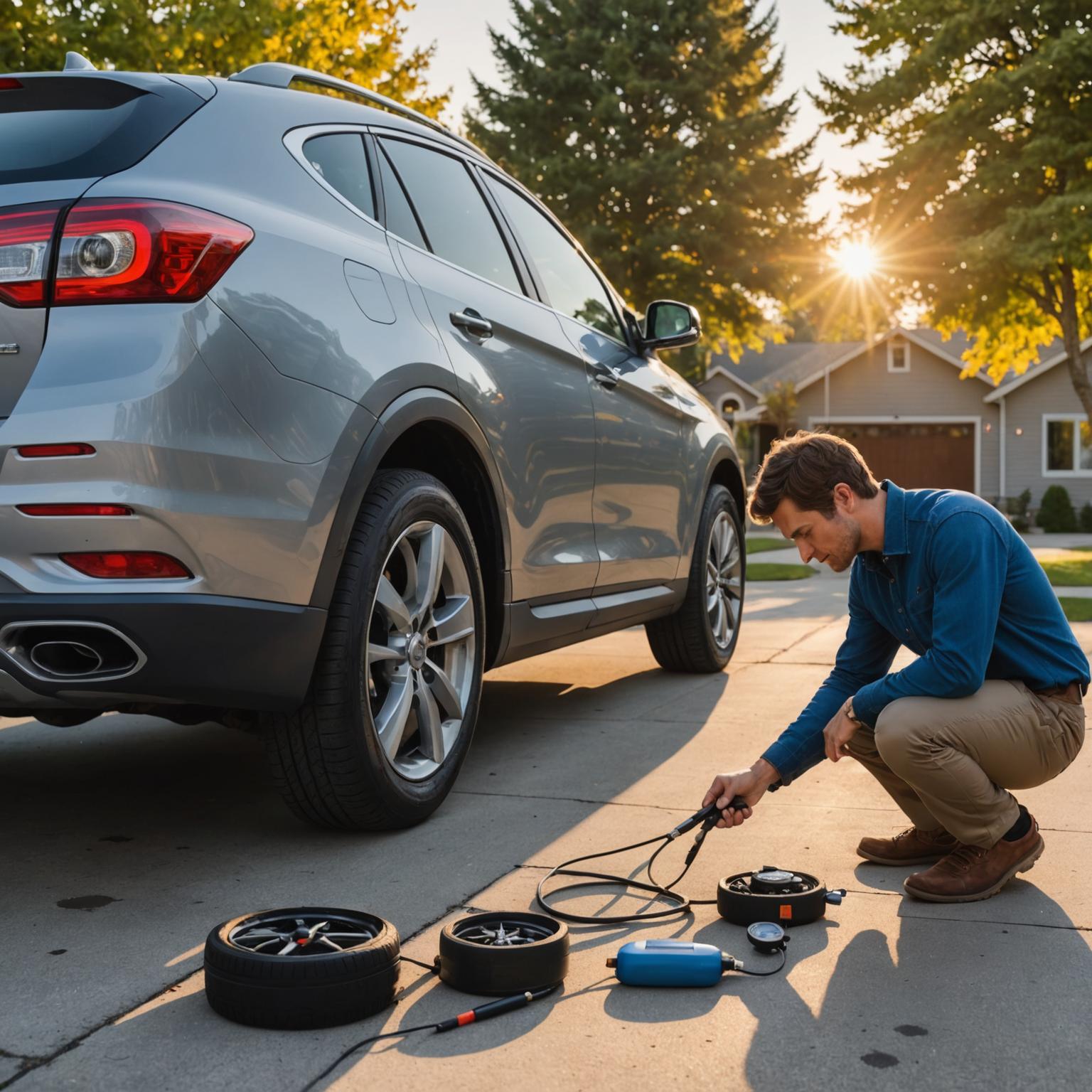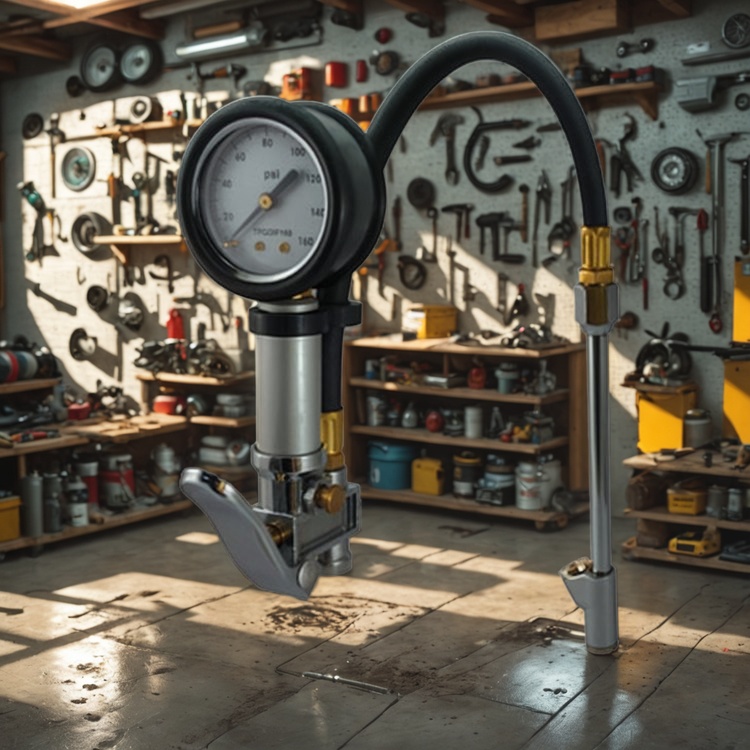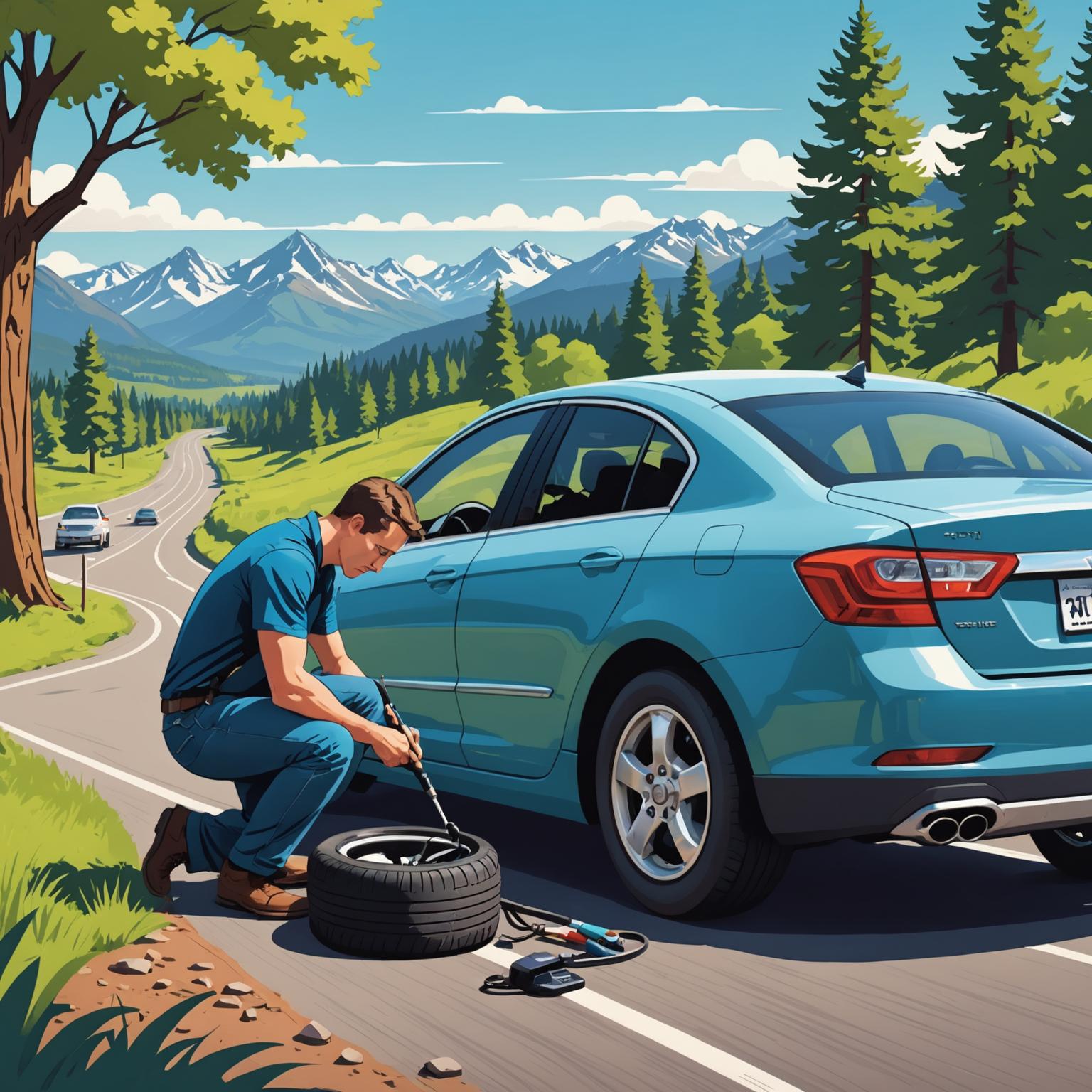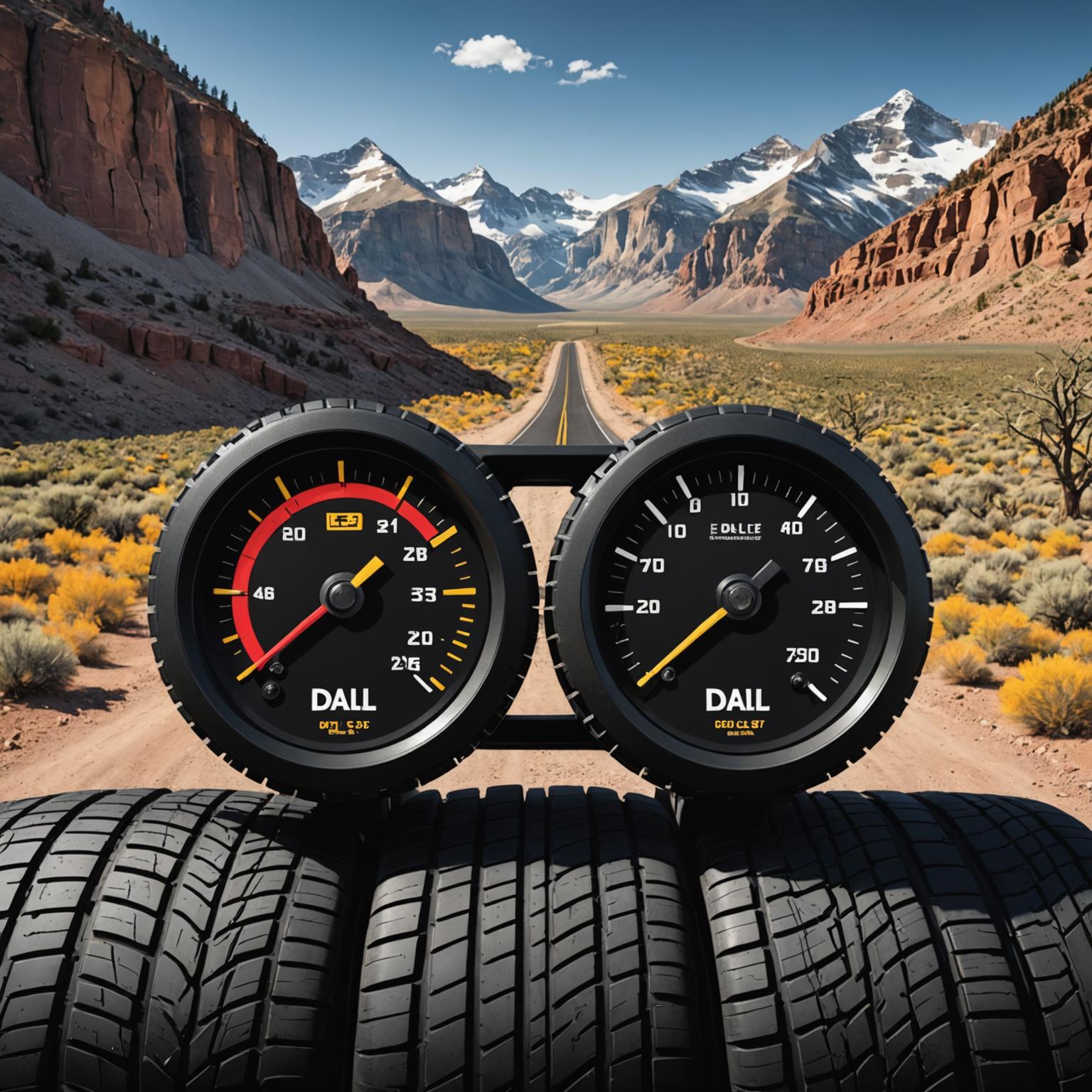Car Brake Systems: Structure, Principles, and Types
Every time you press the brake pedal, a complex system springs into action to slow or stop your car—often in a matter of seconds. Understanding how brakes work and the different types available can help you appreciate their role in safety and make informed decisions about vehicle maintenance or purchases. Let’s dive into the structure, core principles, and classifications of car brake systems.
The Basic Structure and Working Principle
At its core, a car brake system converts kinetic energy (the car’s motion) into thermal energy (heat) through friction, slowing the wheels. While designs vary, most systems share these key components:
1. Brake Pedal: The driver’s input point. Pressing it activates the braking process.
2. Master Cylinder: Converts the pedal’s mechanical force into hydraulic pressure, sending brake fluid through hoses to the wheels.
3. Brake Lines/Hoses: Carry pressurized brake fluid from the master cylinder to the wheel cylinders or calipers.
4. Wheel Brakes: The components at each wheel that create friction to slow rotation (either disc or drum brakes, explained below).
5. Brake Fluid: A hydraulic fluid that transmits pressure—its incompressible nature ensures force is evenly distributed.
How It All Works:
When you press the brake pedal, the master cylinder pushes brake fluid through the lines. This pressure forces the wheel brake components (e.g., calipers in disc brakes) to clamp down on a rotating part (rotor or drum), creating friction. The friction slows the wheel, which in turn slows the car. Heat from this friction is dissipated into the air to prevent overheating.
Classification of Car Brake Systems
Brake systems are categorized by their design, location, and how they’re activated. Here are the most common types:
1. By Design: Disc Brakes vs. Drum Brakes
Disc Brakes
- Structure: Consist of a flat, rotating metal disc (rotor) and a caliper that houses brake pads. The caliper squeezes the pads against the rotor when braking.
- How They Work: Friction between the pads and rotor slows the rotor, which is attached to the wheel.
- Better heat dissipation (rotors are exposed to air), reducing “brake fade” (loss of effectiveness from overheating).
- More consistent performance in wet conditions—water is quickly swept away by the pads.
- Easier to inspect and maintain (pads and rotors are visible).
- More expensive to manufacture than drum brakes.
- Can be noisier (though modern designs minimize this).
Drum Brakes
- Structure: Use a hollow, drum-shaped housing (attached to the wheel) and curved brake shoes inside. When activated, the shoes expand outward to press against the drum.
- How They Work: Friction between the shoes and drum slows the drum, and thus the wheel.
- Lower cost and simpler design.
- Provide strong stopping power for light to moderate loads (common in rear wheels of economy cars).
- Self-energizing: The rotation of the drum pulls the shoes tighter, enhancing braking force.
- Poor heat dissipation (enclosed design traps heat), leading to faster fade during heavy use (e.g., downhill driving).
- Less effective in wet conditions—water can get trapped inside the drum, delaying braking.
- Harder to inspect (shoes are hidden inside the drum).
2. By Location: Service Brakes vs. Parking Brakes
Service Brakes
- The primary braking system used for slowing or stopping while driving. Activated by the brake pedal, they use either disc or drum designs (most modern cars have disc brakes on front wheels, with some using discs or drums on the rear).
Parking Brakes (Emergency Brakes)
- A secondary system to keep the car stationary when parked. They’re mechanical (cables or rods) rather than hydraulic, ensuring they work even if the main system fails.
- Design: Often uses drum brakes (even on cars with rear discs) or a small caliper clamping the rear rotor. Activated by a lever, pedal, or electronic button.
3. By Activation Method: Hydraulic vs. Mechanical
Hydraulic Brakes
- The standard in modern cars. Use brake fluid to transmit pressure from the master cylinder to the wheel brakes. This allows for even force distribution across all wheels, ensuring balanced braking.
Mechanical Brakes
- Rare in modern vehicles (except parking brakes). Use cables or rods to transfer force from the pedal to the brakes. Less efficient than hydraulic systems, as force can be uneven.
4. Advanced Brake Systems
- Anti-Lock Braking System (ABS): Prevents wheel lock-up during hard braking by pulsing the brakes, allowing the driver to steer. Works with both disc and drum brakes but is more effective with discs.
- Brake Assist (BA): Detects emergency braking (rapid pedal pressure) and applies maximum force to shorten stopping distance.
- Electronic Brake-force Distribution (EBD): Adjusts braking force between front and rear wheels based on load (e.g., more force to rear wheels when carrying passengers).
Which Brake Type Is Better?
Disc brakes are superior for most driving scenarios, especially high-performance or heavy-use situations (e.g., towing, mountain driving). That’s why most cars now have front disc brakes, with rear discs becoming standard in newer models. Drum brakes, however, still have a place in economy cars or as rear brakes in lighter vehicles, thanks to their lower cost.
Ultimately, the effectiveness of any brake system depends on maintenance: worn pads, low fluid, or rusted rotors can compromise performance, regardless of design. Regular inspections (checking pad thickness, fluid levels, and rotor condition) are key to keeping your brakes reliable.
Next time you press the pedal, take a moment to appreciate the engineering—those few seconds of friction are what keep you safe on the road.

